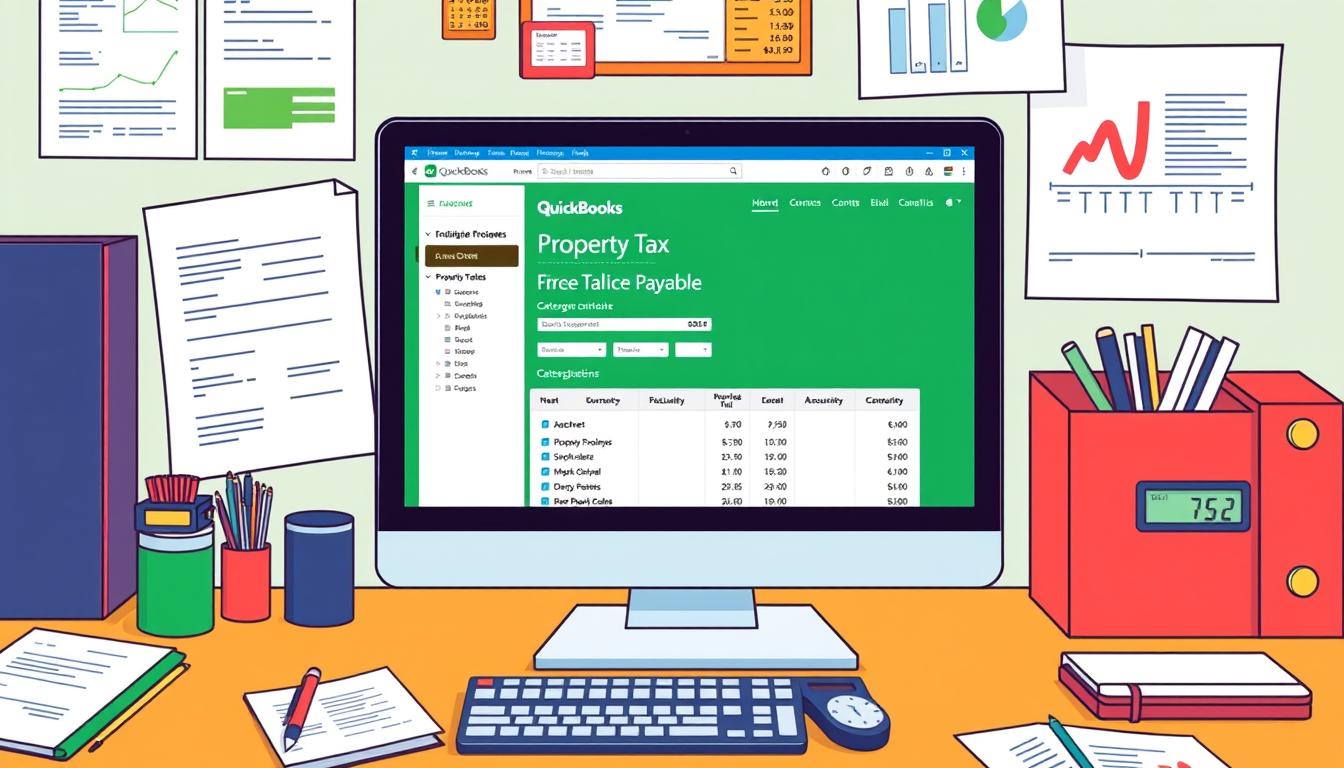
What account type is mortgage in quickbooks

Table of Contents
Managing your finances well means knowing how to classify a mortgage in QuickBooks. This software is key for small business owners and finance pros. It helps make accounting easier. We’ll look into how to set up a mortgage right for tracking and reporting.
Using QuickBooks for mortgage setup improves your financial view. It also makes sure you follow accounting rules.
Key Takeaways
- Understanding the importance of mortgage account classification in QuickBooks.
- Utilizing QuickBooks for effective financial management.
- Steps involved in setting up a mortgage account.
- Key benefits of accurate mortgage classification.
- Common mistakes to avoid during QuickBooks mortgage setup.
Understanding Mortgage Accounts in Finance
Mortgage accounts are key in finance, showing long-term debts for buying real estate. They reflect the borrowed money for homes and affect financial management. It’s vital for both people and businesses to grasp the impact of mortgage accounts on their finances.
For loan tracking, keeping an eye on mortgage accounts is important. This helps ensure timely payments and avoids defaults. It also helps manage cash flow, showing available funds and ongoing debts. For example, knowing the remaining principal helps plan future spending or investments.
Mortgage accounts on financial statements impact net worth, as they are liabilities against assets. Managing these accounts well is crucial. Accurate accounting practices help reflect the true financial situation, aiding in better decision-making.
Ignoring these accounts can lead to wrong financial reports, misleading others about financial health. Therefore, regular monitoring and accurate classification in tools like QuickBooks are essential. This ensures mortgage accounts are properly managed and reported.
| Aspect | Impact on Financial Management |
|---|---|
| Net Worth | Directly affected by the balance of mortgage accounts |
| Cash Flow | Insights into monthly payments and available funds |
| Asset Valuation | Affects overall assessment of financial stability |
| Investment Planning | Influences future spending and investment opportunities |
What is QuickBooks?
QuickBooks is a top tool for managing finances and accounting. It helps businesses with their bookkeeping needs. It’s a key financial management tool for small to medium-sized businesses.
QuickBooks makes financial tasks easier. It’s a big help for effective bookkeeping.
Overview of QuickBooks Functionality
QuickBooks software has many useful features. It helps with financial management in several ways.
- Invoicing: Create professional invoices quickly.
- Expense Tracking: Keep track of expenses for accurate records.
- Payroll Processing: Make payroll easier, including taxes and benefits.
- Reporting: Get reports to understand your finances and make better decisions.
Why Businesses Use QuickBooks
Many businesses choose QuickBooks for good reasons. It’s easy to use, even for those who don’t know much about accounting. It works well with other apps, making it a great all-in-one solution.
QuickBooks also has great support. This means help is always available when you need it. It’s a top choice for bookkeeping.
| Feature | Benefit |
|---|---|
| Invoicing | Quick generation and delivery of customer invoices increase cash flow. |
| Expense Tracking | Real-time monitoring ensures better budgeting and financial planning. |
| Payroll Processing | Accurate and timely payroll reduces errors and improves employee satisfaction. |
| Reporting | Customizable reports provide insights into financial health and performance. |
Types of Accounts in QuickBooks
Knowing the different QuickBooks account types is key for good financial management. They help make financial reports clear and guide decisions. Here are the main account types in QuickBooks:
Asset Accounts
Asset accounts show what a business owns. This includes cash, accounts receivable, inventory, and equipment. Each asset account is important for checking a company’s financial health.
Cash and inventory are key resources that affect daily operations.
Liability Accounts
Liability accounts show what a business owes. This includes loans, mortgages, accounts payable, and other debts. It’s important to understand these accounts because they show a business’s financial duties.
Tracking these debts helps keep a business’s finances balanced and guides planning.
Expense Accounts
Expense accounts track the costs of running a business. This includes things like rent, utilities, salaries, and other regular expenses. Managing these accounts well helps businesses watch their spending and increase profits.
By regularly checking these accounts, businesses can find ways to save money and better manage their budgets.
Classifying Your Mortgage in QuickBooks
Understanding how to classify mortgage accounts in QuickBooks is key. Mortgages are long-term liability accounts because of their long payment periods. This makes financial reporting easier and ensures liabilities are tracked right.
When setting up your QuickBooks account, mark the mortgage as a liability. This makes it clear how much you owe. It helps keep your financial health accurate. This way, your balance sheet shows your debts correctly, helping you make smart financial choices.
Also, classifying your mortgage right is crucial for financial reports. It shows your financial status clearly and makes tracking payments easier. Keeping these records well helps manage cash flow and meet budget goals.
| Account Type | Description | Example |
|---|---|---|
| Asset Account | Tracks what the business owns | Real estate, equipment |
| Liability Account | Indicates what the business owes | Mortgage, loans |
| Expense Account | Records costs incurred | Salaries, utilities |
Classifying your mortgage right in QuickBooks helps manage finances better. It also lets you make choices based on accurate data. This leads to better financial results.
Why Proper Classification of Mortgage is Important
Getting your mortgage classification right is key for both people and businesses. It affects how you track money and handle taxes. Knowing the right classification helps a lot.
Financial Tracking Benefits
Right mortgage classification makes financial tracking easier. It lets you see your debts clearly and manage your money better. You can track payments, check your financial health, and make smart choices.
Using this in your financial plans helps with money now and for the future. It’s a smart move for your finances.
Tax Implications
Getting it wrong can mess up your taxes, including tax benefits. Wrongly classifying mortgage payments can lead to lost deductions and audit trouble. Keeping records and classifications right helps avoid tax problems.
It keeps your finances in order and makes sure you report correctly. Accurate mortgage classification is crucial for your financial health.
| Impact Area | Correct Classification | Misclassification |
|---|---|---|
| Financial Tracking | Clear insights into payments and cash flow management | Poor tracking of financial activity leads to confusion |
| Tax Benefits | Maximize eligible deductions | Potential loss of deductions and audit risks |
| Compliance | Adherence to financial reporting standards | Increased risk of penalties and legal issues |
Setting Up a Mortgage Account in QuickBooks
Setting up a mortgage account in QuickBooks needs a careful approach. This ensures your financial tracking is accurate. A detailed QuickBooks setup guide can make this process easier. It also boosts your accounting’s effectiveness. Here are key steps to set up your mortgage account right.
Step-by-Step Guide
- Open QuickBooks and go to the Chart of Accounts section.
- Click on Create New Account, choosing the Liability account type for your mortgage.
- Give your mortgage account a name that clearly shows its purpose.
- Enter the account balance and how often you make payments.
- Include loan details like interest rates and terms.
- Save your new account and check all entries for accuracy.
Common Mistakes to Avoid
There are common accounting mistakes to watch out for when setting up a mortgage account:
- Incorrect Account Types: Not choosing the right account type can mess up your financial statements.
- Improper Interest Calculations: Ignoring changing interest rates can skew your estimates and reports.
- Neglecting Payment Updates: Not updating payment schedules regularly can lead to errors.
QuickBooks Account Type for Mortgage
The right QuickBooks mortgage account type is a liability account. This shows a mortgage as a debt that needs to be paid back over time. Knowing how to classify mortgages in QuickBooks is key for good accounting and keeping financial records right.
Liability accounts in QuickBooks let users watch loan balances, payment history, and interest. This helps in making better financial choices and keeps accounting clear.
Here’s a quick look at what liability accounts mean for managing mortgages:
| Account Type | Characteristics | Benefits |
|---|---|---|
| Liability Account | Records money owed, such as mortgages | Accurate tracking of loan obligations |
| Asset Account | Records ownership of valuable resources | Helps assess total wealth and net worth |
| Equity Account | Tracks the owner’s interest after liabilities | Provides insights into financial health |
Using the right QuickBooks mortgage account type makes accounting for mortgages easier. Accurate classification gives better financial insights. This ensures all mortgage-related transactions are tracked well.
Adjusting Your Mortgage Account in QuickBooks
Managing your mortgage account in QuickBooks needs careful attention. This is especially true when terms or lender details change. Knowing how to make QuickBooks adjustments helps keep your financial records accurate and current. We’ll show you how to edit account details and reconcile mortgage payments.
Editing Account Details
To change your mortgage account, like interest rates or lender info, follow these steps:
- Open QuickBooks and go to your chart of accounts.
- Find the mortgage account you want to edit.
- Click on the account and then “Edit”.
- Update the details, making sure everything is current.
- Save your changes to complete the process.
Editing your account details regularly improves accuracy. It also helps with better financial tracking.
Reconciling Payments
Reconciling mortgage payments is key for accurate QuickBooks records. It confirms transactions match actual payments and spots any issues. Here’s how to reconcile:
- Go to the reconciliation feature in QuickBooks.
- Pick the mortgage account to reconcile.
- Check your QuickBooks entries against bank statements.
- Mark payments that match.
- If there are differences, look into them and adjust as needed.
Regular reconciliations keep your financial records clear and accurate.
| Action | Steps |
|---|---|
| Edit Account Details |
|
| Reconcile Payments |
|
Benefits of Properly Managing Mortgage Accounts
Managing mortgage accounts well is great for both people and businesses. It gives you better financial insights. This helps you make smarter choices. You can also keep track of your money better.
Improved Financial Insights
The benefits of managing mortgage accounts in QuickBooks are clear. You get a better look at your money. You can see your mortgage balance, payment history, and interest rates easily.
This helps you plan your budget better. You can see what you need for the future.
Enhanced Budgeting and Planning
Using QuickBooks for budgeting helps you plan for mortgage costs. Keeping accurate records helps you make a budget that really works. This way, you can use your money wisely.
This helps avoid unexpected costs. It makes your financial future stronger.
| Benefit | Description |
|---|---|
| Financial Insights | Monitor mortgage details and make informed decisions. |
| Budgeting Efficiency | Create accurate budgets to manage cash flow effectively. |
| Expense Planning | Anticipate future mortgage-related expenses accurately. |
| Resource Allocation | Optimize the use of financial resources for various needs. |
Troubleshooting Common Issues with Mortgage Accounts
Managing mortgage accounts in QuickBooks can be tricky. Users often run into problems that need fixing to keep their financial records right. These issues include wrong account types and payment problems caused by mistakes or misunderstandings with lenders.
Misclassification Problems
Misclassifying mortgage accounts is a common problem. Some people accidentally mark a mortgage account as an expense instead of a liability. This mistake can make financial reports very hard to understand. To fix this, always check the account type when you set it up. Also, regularly check your account types to make sure they’re correct.
This helps solve problems with how mortgage accounts are classified.
Resolving Payment Discrepancies
Payment problems can happen because of wrong data entry, like treating payments as income. It’s key to spot these issues to track money accurately. Start by checking your accounts every month to find errors fast.
If you find problems, check your entries against your loan statements. Also, talk to your lender to clear up any confusion. These steps can really help with QuickBooks mortgage account issues.
Integrating Other Financial Tools with QuickBooks
Integrating financial tools with QuickBooks makes managing money easier for businesses. The right QuickBooks integrations boost efficiency and accuracy. They save time, making it simpler to handle financial tasks.
Using financial management apps with QuickBooks improves reporting and bookkeeping. This helps businesses get a clearer view of their finances.
Benefits of Integration
Integrating financial tools with QuickBooks offers many benefits. Key advantages include:
- Improved Accuracy: Automatic data syncing cuts down on manual errors.
- Time Savings: Automation lets users focus on important tasks, not just data entry.
- Enhanced Insights: Detailed dashboards offer a better look at financial health through reports.
- Streamlined Workflows: Integrated systems make operations between different business areas smoother.
Popular Tools to Consider
Many financial tools pair well with QuickBooks, offering various features:
- Payment Processing: Tools like PayPal and Square make transactions easy.
- Invoicing Platforms: Apps like Bill.com make managing invoices and tracking easier.
- Expense Management: Tools like Expensify automate expense reports and approvals.
- Payroll Services: Integrating with Gusto or ADP streamlines payroll in QuickBooks.
Conclusion
Effective mortgage account management in QuickBooks is key for accurate financial tracking and reporting. We’ve looked at how to set up and classify mortgage accounts. This helps improve your financial insights.
Using QuickBooks tools, businesses can keep accurate records and make their financial processes smoother. By following best practices, users can get the most out of QuickBooks. Remember to regularly review and reconcile your records to keep them accurate.
This summary shows how important it is to handle mortgage accounts correctly. It also highlights how it can lead to better budgeting and planning. Use these insights to make your financial management more organized and efficient.
FAQ
What type of account should I use for my mortgage in QuickBooks?
You should use a long-term liability account for your mortgage in QuickBooks. This shows the mortgage’s true nature. It’s key for correct financial reports.
How do I set up a mortgage account in QuickBooks?
To set up your mortgage account, go to the chart of accounts. Choose to create a new account. Pick liability and enter your mortgage details carefully to avoid mistakes.
Why is it important to classify my mortgage accurately in QuickBooks?
Accurate mortgage classification is vital. It helps track finances correctly. Misclassifying can cause errors in tax deductions and financial management.
Can I make adjustments to my mortgage account in QuickBooks?
Yes, you can update your mortgage account in QuickBooks. Just edit the account details to reflect changes like interest rate updates or payment discrepancies.
What common issues might I face while managing mortgage accounts in QuickBooks?
You might face issues like misclassifying a mortgage account as an expense. Or, you might struggle with reconciling payment discrepancies due to wrong data entry.
How do QuickBooks integrations help with mortgage account management?
QuickBooks integrations can improve financial management. They make operations smoother and more accurate. This helps in managing mortgage accounts better.
What are the benefits of properly managing my mortgage accounts?
Proper management offers better financial insights. It aids in budgeting and planning for future expenses. This is very helpful.
Is it possible to track mortgage payments and interest in QuickBooks?
Yes! QuickBooks lets you track mortgage payments and interest accurately. It has detailed reporting and tracking features for this.
- Tags: intuit quickbooks, intuit quickbooks login, intuit quickbooks online, quickbook, quickbooks, quickbooks accounting software, quickbooks customer service, quickbooks customer service number, quickbooks desktop, quickbooks desktop 2024, quickbooks log in, quickbooks login, quickbooks login online, quickbooks online, quickbooks online accountant, quickbooks online accounting, quickbooks online customer service, quickbooks online login, quickbooks online pricing, quickbooks payroll, quickbooks self employed, quickbooks software, quickbooks support phone number, quickbooks time, quickbooks time login, quickbooks workforce
Top Products
- QuickBooks Desktop Pro 2024 US Version
- QuickBooks Desktop Pro 2023 US Version
- QuickBooks Desktop Pro 2022 US Version
- QuickBooks Desktop Premier 2024 US Version
- QuickBooks Desktop Premier 2023 US Version
- QuickBooks Desktop Premier 2022 US Version
- QuickBooks Desktop Accountant 2024 US Version
- QuickBooks Desktop Accountant 2023 US Version
- QuickBooks Desktop Enterprise 2024 US Version
- QuickBooks Desktop Enterprise 2023 US Version
- QuickBooks for Mac 2024
- QuickBooks for Mac 2023
Popular Posts

How to categorize property tax payable in quickbooks online
Knowing how to categorize property tax payable in QuickBooks Online is key for keeping your financial records right. Property tax payable is the amount your business owes in property taxes. It can greatly affect your financial health. By learning to categorize property tax well, businesses can make sure their financial statements show their true obligations.
This knowledge is crucial as we dive into the steps and best practices for handling property tax payable in QuickBooks Online.
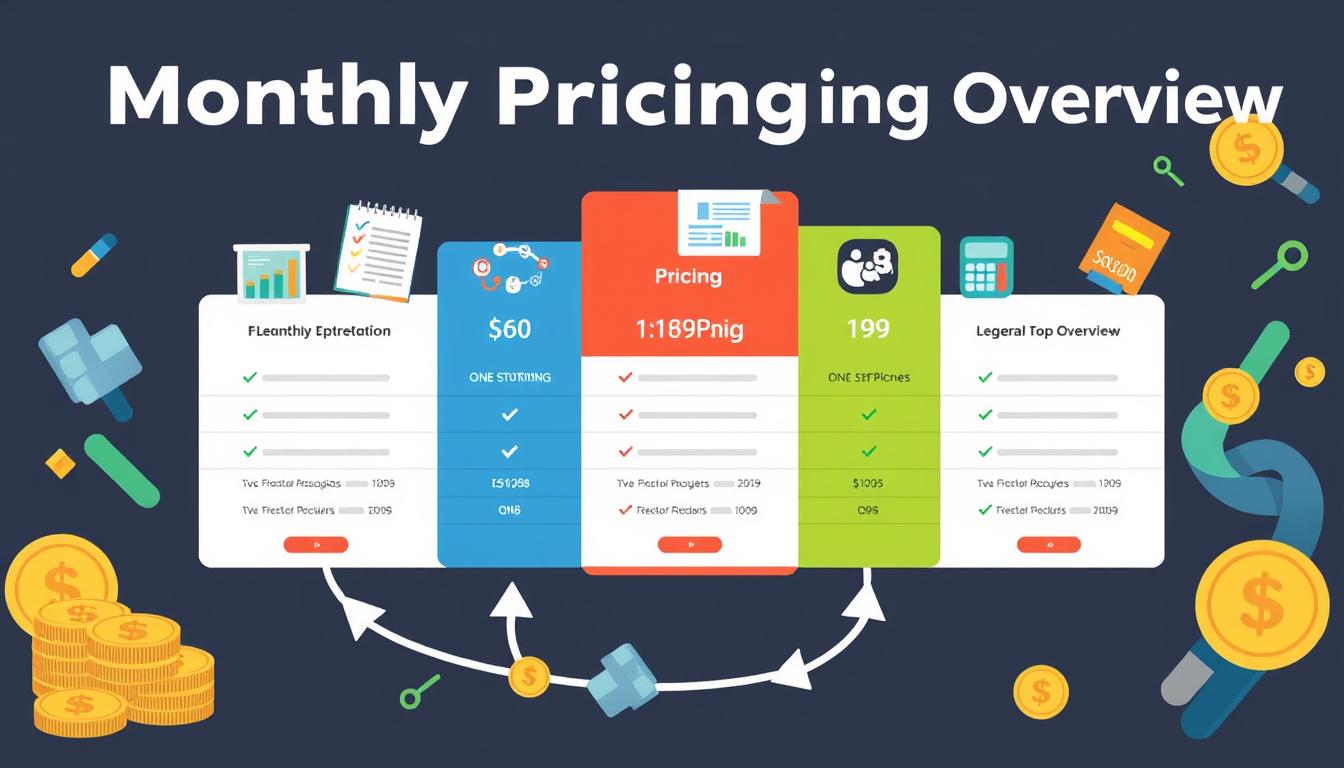
How much is quickbooks per month
Many users want to know the QuickBooks pricing for monthly costs. QuickBooks has various plans for different business needs. This lets users pick the right plan for their financial management.
What affects the QuickBooks monthly cost includes the QuickBooks edition, payment frequency, and extra features. This guide will explain the details of these plans. It will help you understand the costs of using QuickBooks for your business.

How does quickbooks work
QuickBooks is a key accounting software made by Intuit. It helps businesses manage their finances well. It works on a cloud-based platform, so users can access their financial data from anywhere.
This software makes tasks like bookkeeping, invoicing, and financial reporting easier. In this article, we’ll look at QuickBooks’ main features, its users, benefits, and challenges. We aim to help you understand how it can improve your financial management.

How do you record insurance payment in quickbooks
Recording insurance payments in QuickBooks is key for good insurance accounting. It helps business owners manage their money well and keep their books right. This is vital for the health of any business.
In this guide, we’ll show you how to record insurance payments easily. We’ll use QuickBooks guides and tips from accounting experts. This way, you can keep your financial records up to date.
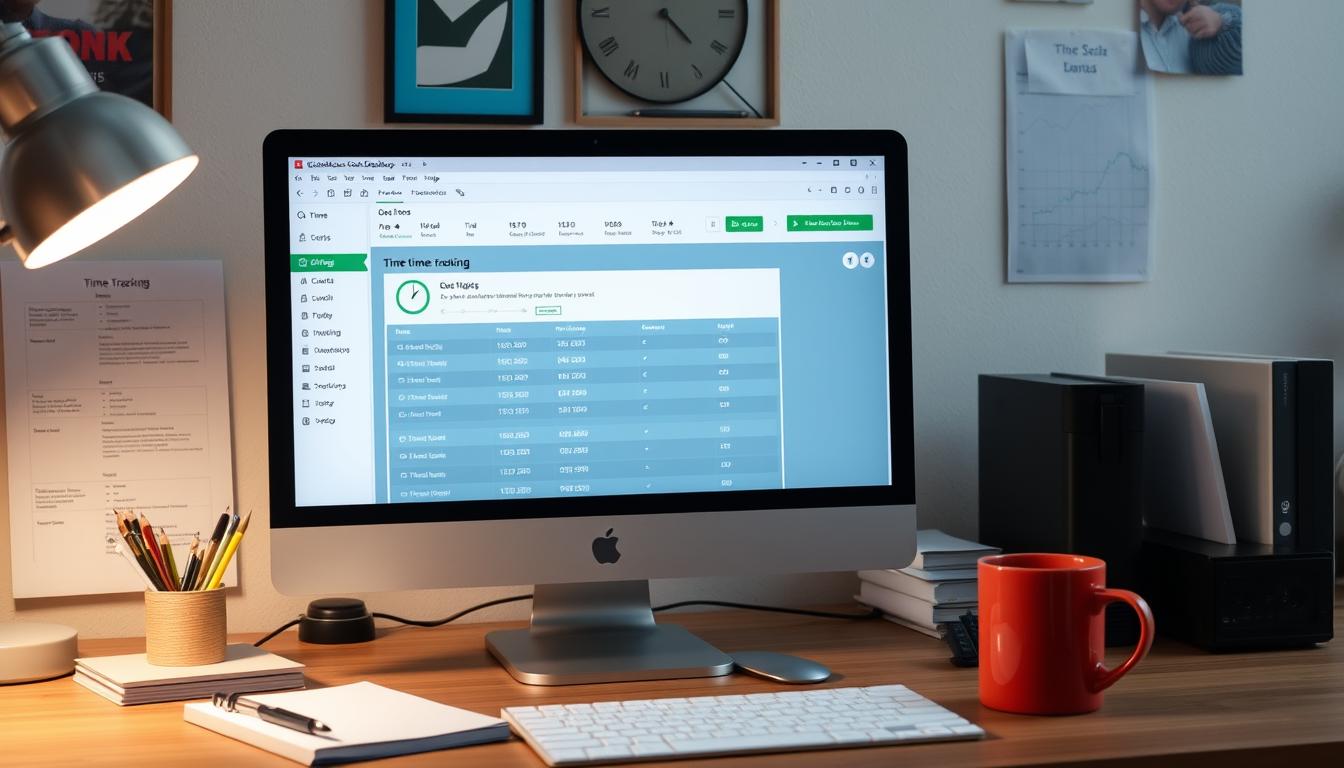
How do you clock in hours in quickbooks desktop
In today’s fast-paced world, tracking time well is key for good payroll management. This article will show you how to clock in hours in QuickBooks Desktop. It’s a top accounting software that makes managing tasks easier. By learning how to track time, businesses can work better and pay employees right.
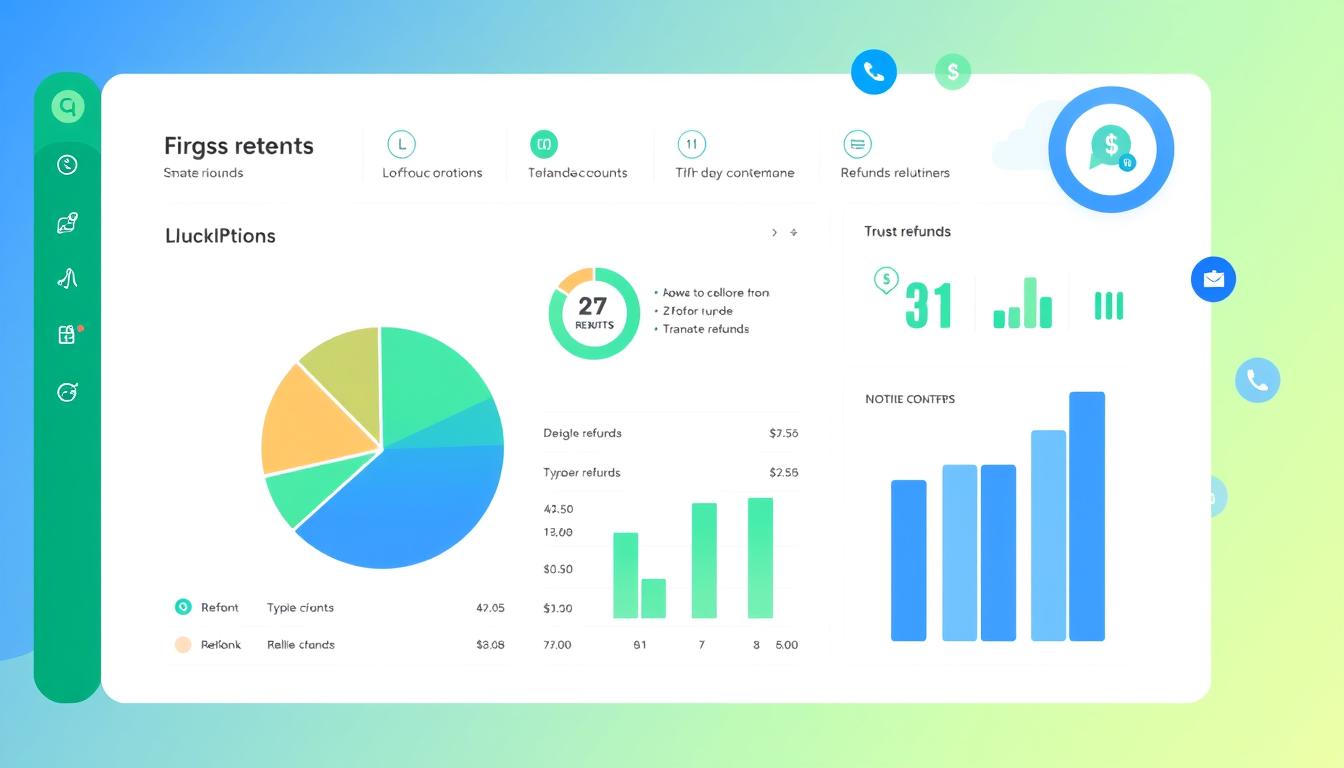
How are refunds categorized in quickbooks online
Knowing how to categorize refunds in QuickBooks Online is key for good financial management. It’s important to record refunds correctly to keep your finances clear. Businesses of all sizes can benefit from knowing how to do this right.
This knowledge helps make your financial records clear and accurate. It’s a basic step that can make a big difference.

Does quoteiq accept quickbooks online payments
Payment solutions are key in today’s business world. Many are looking into how platforms like QuoteIQ can improve their invoicing. A big question is: does QuoteIQ accept QuickBooks Online Payments? This article explores how QuoteIQ and QuickBooks Online Payments work together.
This shows how important it is to have good payment integration. It helps with cash flow and makes operations smoother. We’ll look at the benefits of using QuoteIQ with QuickBooks Online Payments. Plus, we’ll show you how to set it up.
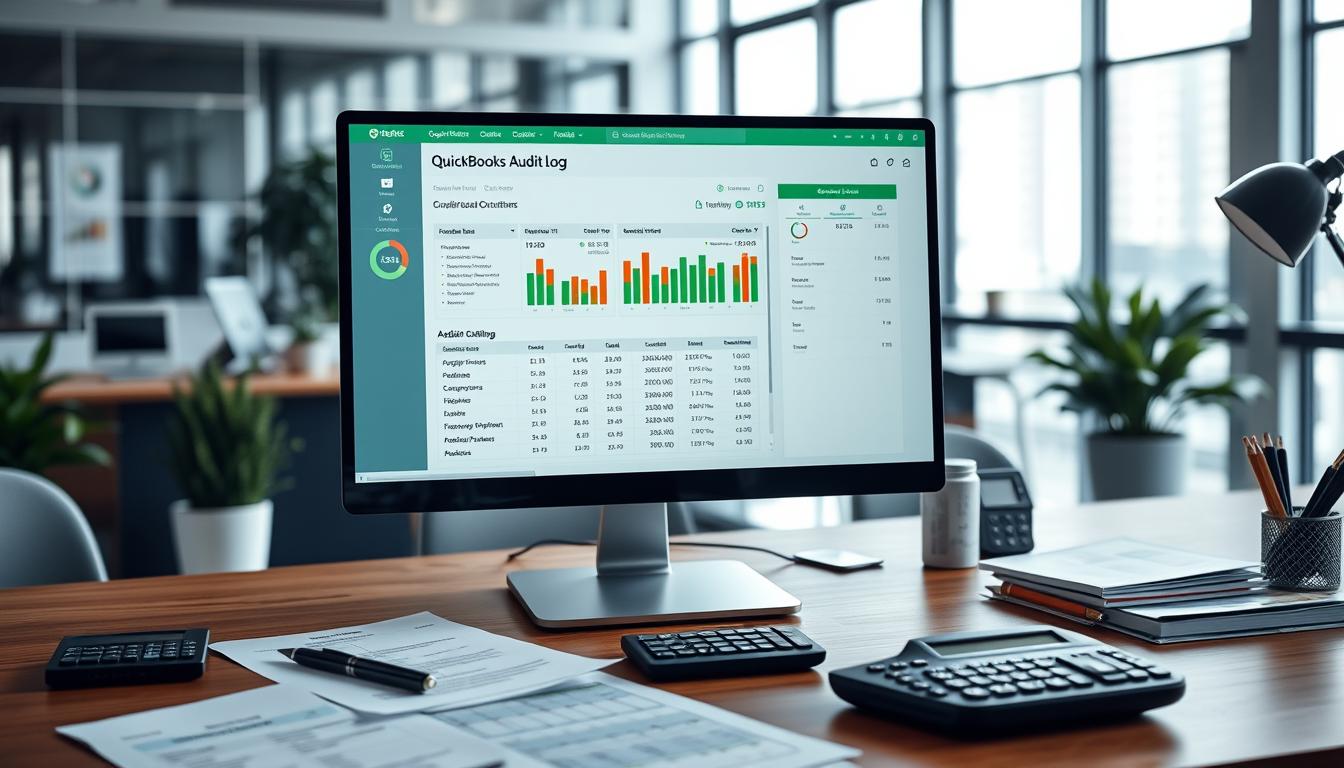
Can you delete history under audit log quickbooks online
It’s important to know if you can delete entries from the audit log in QuickBooks Online. This is key for businesses that focus on financial accuracy and follow the rules. The audit log QuickBooks Online keeps a detailed history of changes to financial data. This ensures that all account activities are recorded clearly.
By tracking these changes, the audit log is crucial for good financial management. We will look into why the audit log matters and what happens if you try to delete its records. We’ll see how these actions impact your QuickBooks history.
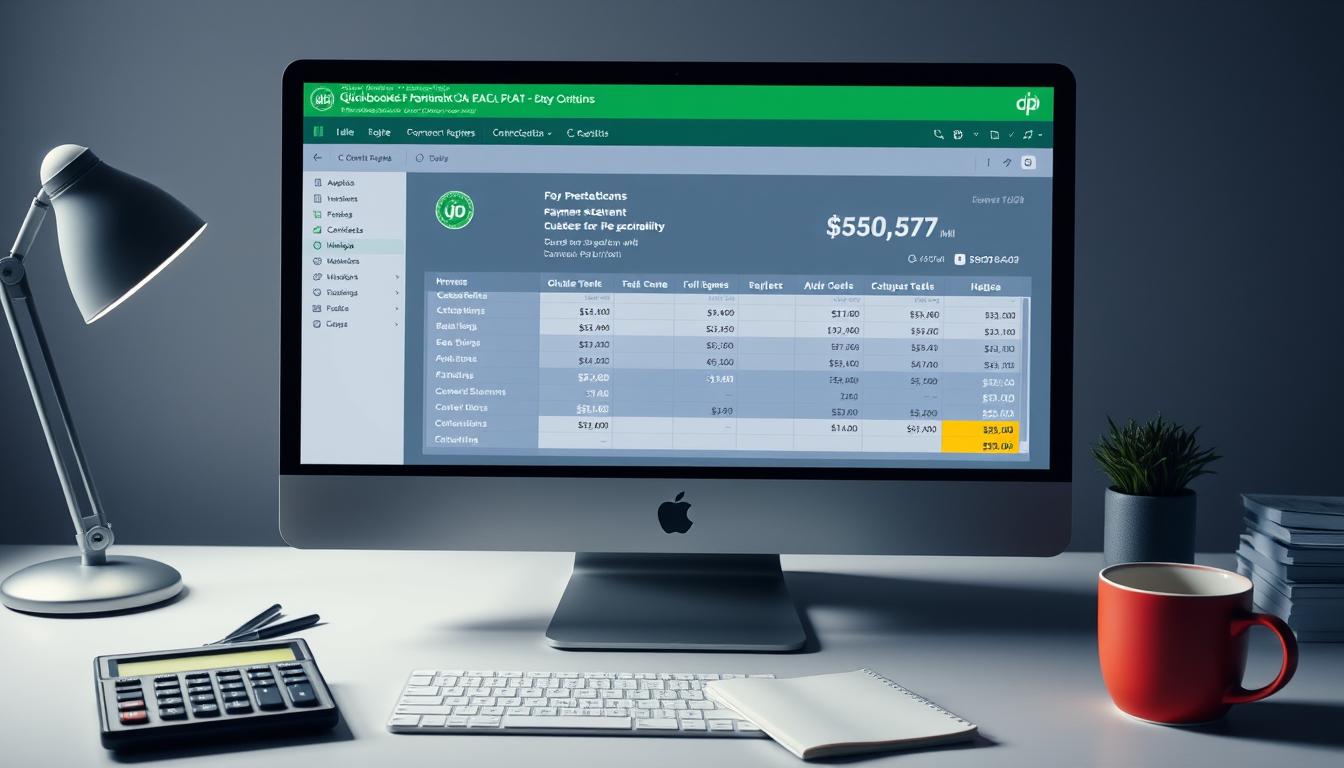
Can quickbooks recievepayment by statements rather that individual invoices
In today’s fast-paced world, businesses need quick and easy ways to handle payments. Many QuickBooks users wonder if they can pay by statements instead of invoices. This method makes accounting simpler for companies.
Using payment statements has big advantages over traditional invoices. QuickBooks helps businesses manage payments better. This article will show you how payment statements work in QuickBooks and how they can help your business.
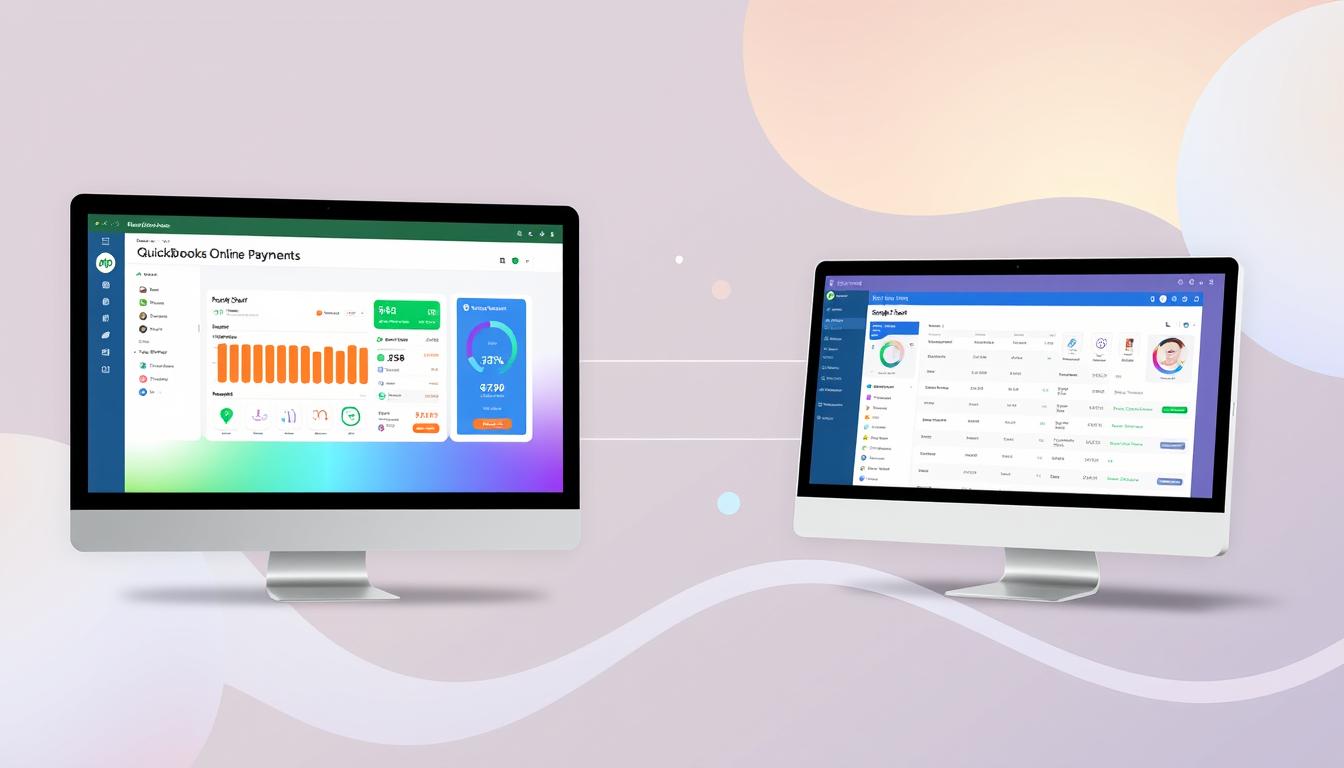
Can quickbooks online payments work with simple start
For small business owners, the question of whether QuickBooks Online Payments and QuickBooks Simple Start can work together is key. This integration is vital for managing finances effectively. It helps users handle transactions smoothly while using a basic accounting tool for solo businesses.
QuickBooks Online Payments lets users take payments online, making cash flow management easier. In this article, we explore how these two tools can boost efficiency for small businesses.